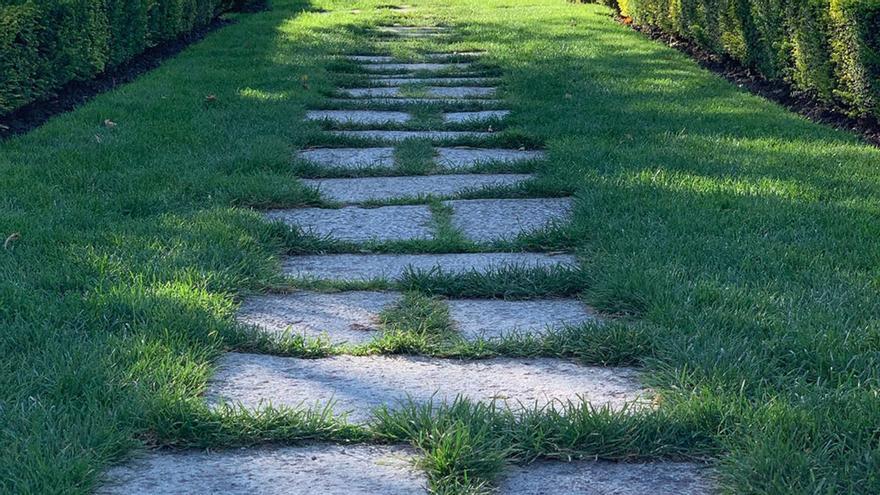Lalique is known as a perfume manufacturer. But not everyone knows the incredible story of the genius, whose name immortalized the company. A unique personality, innovator, artist, jeweler, sculptor, glass blower, inventor: are just a few of the many, many brilliant facets of his precious talent.
René Lalique denied the canons of classical art, rejected clichés and obsolete stereotypes. He had a strong personality: neither critics nor envious people could force the grandmaster to change his style. To this day, it remains a mystery why Lalique, at the zenith of his fame, abandoned jewelery and devoted himself to the activity that revolutionized the world of jewelry. perfumery? But let’s find out everything in order.
birth of talent
René Jules Lalique was born in 1860 in France. He started drawing very early. Among the picturesque nature of the Champagne province, he painted flowers, insects and birds. Already at the age of 12 he was accepted to study painting at the school of decorative arts. At 16, he began to master the jewelry trade. At the same time, he was studying ornamentalism and sculpture.
start of success
After studies in London and Paris, he opened his own jewelry workshop in 1885. He worked as an independent craftsman and also produced jewelry for the famous brands Cartier, Boucheron, Gariod, Uncover. The popularity of his works grew rapidly. Famous actors, musicians, bohemians ordered young Rene tiaras and gold brooches. Even members of the Russian imperial family wore his marvelous creations.
Worlds of Lalique
Artist had an indomitable imagination. He idolized nature and tried to reveal his perfection in his works. Precious stones, gold, copper, silver, mother-of-pearl and corals came to life in the master’s hands. Mythology and fantasy themes also attracted René. In their diadems and necklaces, mermaids coexisted with angels, exotic birds, reptiles, goddesses, fairies and unreal plants. He worked less and less in classical technique and searched for new horizons of creativity.
lord of fire and glass
After the First World War, the master abandoned the production of jewelry and began to create glass sculptures. He appreciated it for its plasticity and flexibility. He discovered new opportunities to experiment. He played with color, brightness, unusual shapes. Nobody before him perceived glass as a material for creating works of art. And Lalique, after founding his own factory, invented new fusion styles and technologies. In total, he patented 16 unique techniques.
Art and perfumery
Coty, owner of the perfume house of the same name, loved the new Lalique creations. An idea came to him: to combine art and perfume. Thus, René manufactured the first bottle for the Coty brand in 1905, and then about 16 more. The creative union of talents became famous throughout the world. For the first time in the history of perfumery, the container was valued more than its content. Lalique also made crystal masterpieces for perfumes by Lancôme, Roger & Gallet, Guerlain, Molinard, Houbigant and other brands. In total he designed more than 250 bottles.
Diligence and inspiration never left the author and had no limits. He created decorations for architectural ensembles, for the imperial palace in Japan, temples in the United States, ocean liners, world exhibitions. He originated thousands of interior items, stained glass windows, dishes. Only he could invent the glass fountains that adorned Paris until 1958!
Lalique left this world in May 1945. However, one of his sons, and later his granddaughter Marie-Claude, continued his work. In 1992 Marie had the idea to start her own perfume manufacturing and invite talented perfumers to cooperate. She dedicated her first scented water to the great René – Lalique de Lalique. This and dozens of other magnificent creations of the brand are available in the store MAKEUP.
And the first works of the artist can be seen at auctions. Their price sometimes starts at hundreds of thousands of euros. No one can repeat them exactly, because some of the secret techniques of a genius are yet to be unraveled.
–


